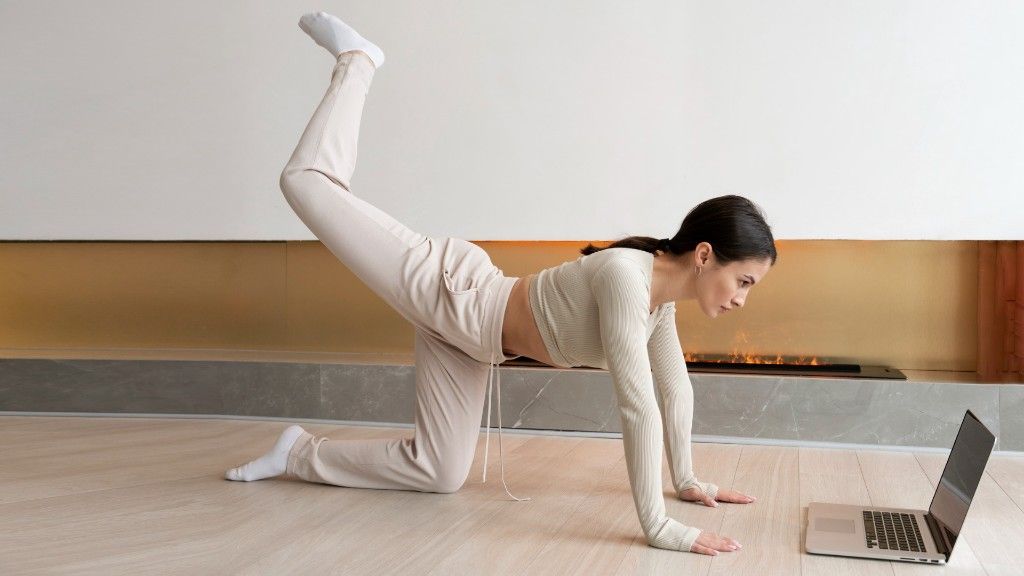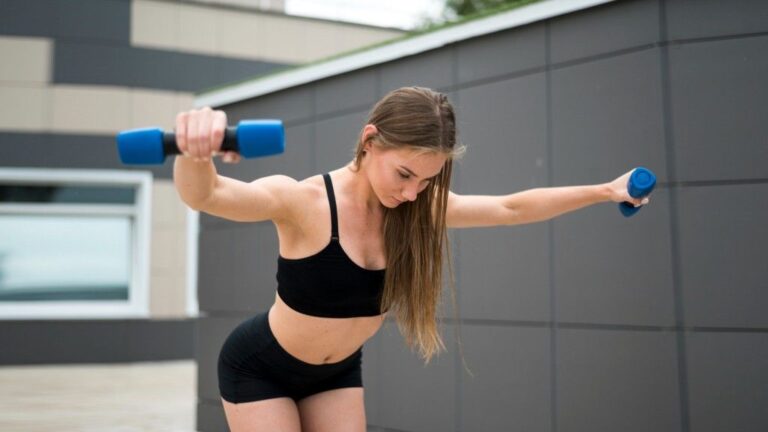4 Brutally Honest Leg Exercises That Test Your True Strength – If you’re here, you already know the difference between going through the motions and truly training with purpose. This isn’t about pumping out reps for the sake of it—this is about uncovering your weaknesses, fixing imbalances, and building functional strength that translates to real-world performance.
These four exercises are designed to challenge your balance, coordination, and muscular endurance while revealing any glaring asymmetries in your lower body.
You’ll need minimal equipment (just dumbbells if you want to up the ante), but don’t mistake simplicity for ease. These movements demand focus, precision, and grit. Ready to find out where you stand? Let’s get to work.
Table of Contents
1. Single-Leg Deadlift (Bodyweight or Dumbbell)
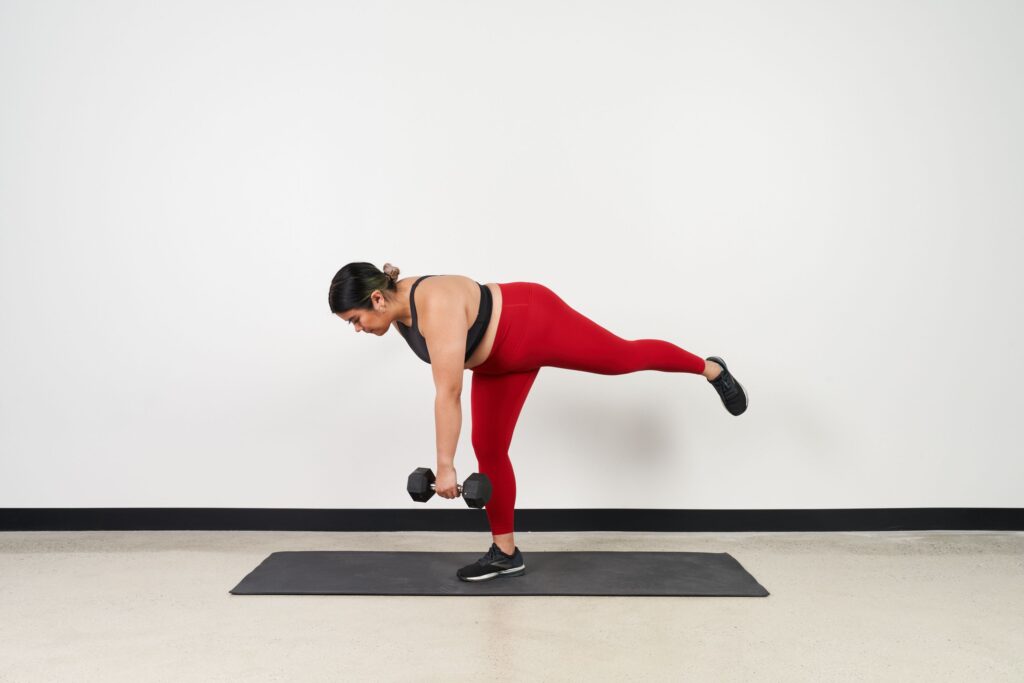
What It Tests: Posterior chain strength, hip stability, and balance.
The single-leg deadlift exposes weak glutes, poor ankle mobility, and shaky core control. If you can’t maintain a straight line from head to heel while hinging at the hips, it’s time to address those gaps.
How to Do It:
- Stand tall on one leg with a slight bend in your knee. Hold a dumbbell in each hand (or go bodyweight).
- Hinge forward at the hips, extending your free leg behind you as you lower your torso toward the ground. Keep your back flat and core tight.
- Return to standing by squeezing your glutes and driving through your planted foot.
- Perform 8–10 reps per side before switching legs.
Assess Yourself:
- Are you wobbling excessively? Weak stabilizers or poor proprioception may be the culprit.
- Is your lower back rounding? Tight hamstrings or underactive glutes could be holding you back.
Pro Tip: Film yourself from the side. Your hips should stay level and your spine neutral throughout the movement. If they don’t, regress to a supported version using a wall or TRX straps.
Also read – 5 Simple Moves That Reveal Where Your Body Is Struggling
2. Bulgarian Split Squat (Bodyweight or Dumbbell)
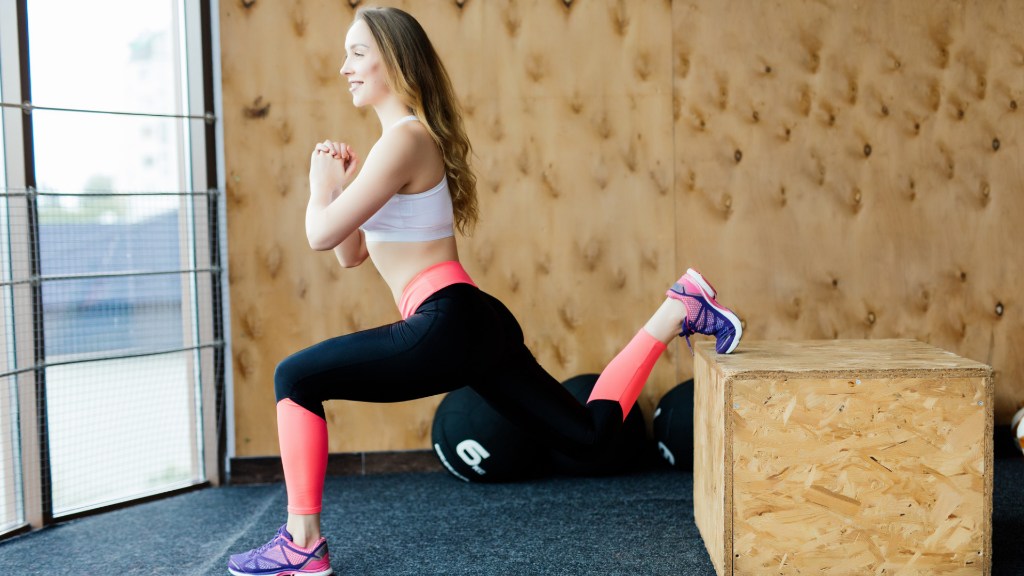
What It Tests: Quad and glute strength, unilateral power, and joint stability.
This brutal exercise forces one leg to do all the work while demanding balance and depth. If your knees collapse inward, your hips shift sideways, or you can’t drop into a full range of motion, consider this a red flag.
How to Do It:
- Stand about two feet in front of a bench or sturdy surface. Place the top of one foot on the bench behind you.
- Lower your hips straight down until your front thigh is parallel to the floor (or as close as possible). Keep your chest up and core engaged.
- Drive through your front heel to return to standing.
- Complete 10–12 reps per leg before switching sides.
Assess Yourself:
- Can’t achieve proper depth? Tight hip flexors or weak quads might be limiting you.
- Feeling pain in your knees? Check your alignment—your knee should track over your middle toe, not cave inward.
Pro Tip: Use dumbbells to increase resistance, but only after mastering the bodyweight version with flawless form. Record yourself from the front and side to spot discrepancies between sides.
Also read – Tired of Running to Burn Fat? Do These 6 Strength Moves Instead
3. Step-Up to Balance (Bodyweight or Dumbbell)

What It Tests: Explosive strength, proprioception, and muscle symmetry.
Step-ups are deceptive—they look simple but quickly reveal which leg is stronger or more coordinated. Adding a balance hold at the top ramps up the difficulty and tests your ability to stabilize under load.
How to Do It:
- Stand facing a box or step that’s mid-shin height. Hold a dumbbell in each hand (optional).
- Step onto the box with one foot, driving through your heel to lift your body upward.
- At the top, pause and balance on the working leg for 2–3 seconds before stepping back down.
- Perform 8–10 controlled reps per leg.
Assess Yourself:
- Struggling to stabilize at the top? Your smaller stabilizer muscles need work.
- Notice a significant difference in power or control between legs? You’ve got an imbalance to fix.
Pro Tip: Slow down the tempo—take 2 seconds to step up and 3 seconds to lower down. Slower movements expose weaknesses faster.
Also read – I Trained With Nothing But Resistance Bands for a Week—Here’s What Surprised Me
4. Lateral Lunge (Bodyweight or Dumbbell)
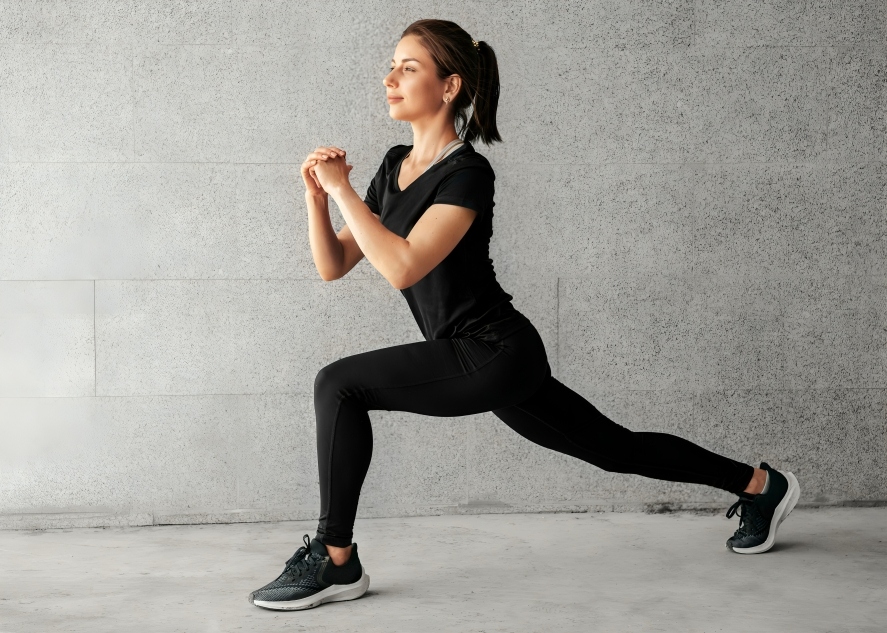
What It Tests: Adductor and abductor strength, lateral mobility, and overall athleticism.
Most people train their legs in one plane of motion (forward and backward) and neglect lateral movements. The lateral lunge shines a light on weak inner thighs, tight groins, and unstable hips.
How to Do It:
- Stand with feet wider than shoulder-width apart, toes pointing slightly outward. Hold a dumbbell in each hand (optional).
- Shift your weight to one side, bending that knee deeply while keeping the other leg straight. Push off the bent leg to return to center.
- Alternate sides for 8–10 reps per leg.
Assess Yourself:
- Can’t sink low without losing balance? Tight adductors or weak glutes could be the issue.
- Feeling uneven tension between sides? You’re favoring one leg over the other.
Pro Tip: Start with bodyweight to groove the pattern, then add resistance once you’re confident in your form. Film yourself from the front to ensure your knees aren’t collapsing inward.
Track Your Progress
Real progress comes from consistent assessment. Here’s how to measure improvement:
- Reps & Load: Track how many reps you can perform with perfect form and note when you’re ready to increase resistance.
- Balance & Stability: Time how long you can hold stabilization moves like the step-up to balance. Aim to reduce wobbles over weeks.
- Symmetry Check: Compare left and right sides during each exercise. Note discrepancies and work extra on the weaker side.
Final Word:
These exercises aren’t just workouts—they’re diagnostic tools. They’ll show you exactly where you’re strong and where you’re falling short. Fixing imbalances won’t happen overnight, but every rep brings you closer to becoming a more resilient, powerful athlete. Stop guessing and start testing. Your legs will thank you—and so will your performance.
Now shut up, lace up, and get to work.

